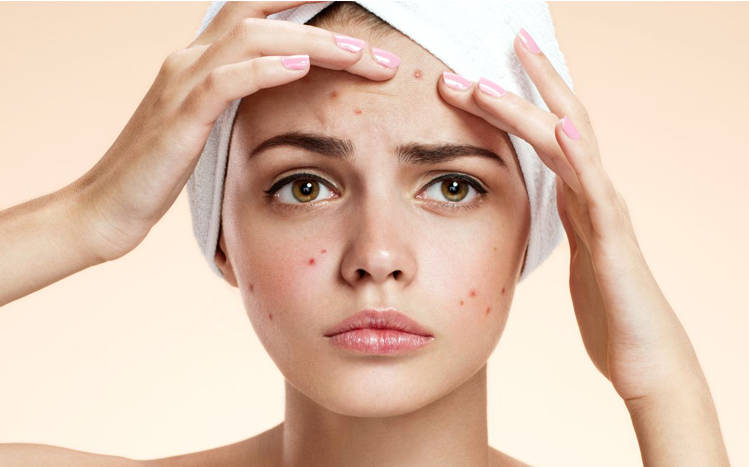
Dermatology is often associated with chemical peels, injections, topicals, and other such treatments for the skin. Growing in popularity is another kind of treatment: light therapy, a non-invasive and effective way to address a wide variety of skin conditions with the stimulating power of light.
Below we’ll show you exactly how light therapy works, which kinds work best, and how to incorporate it into your (or a client’s) skincare routine.
What Is Light Therapy?
Our experience with light is usually in the form of white light, which is the sum total of all the wavelengths. Light therapy, which is also known as phototherapy and photodynamic therapy, separates different bands of light within that visible spectrum, as well as near-infrared (NIR) light, and sometimes UV (ultraviolet) light and focuses them on particular areas of the body for therapeutic purposes.
An important element of light therapy is that it works at the cellular level. Most treatments and medications are designed to treat (or mask) symptoms, or rely on cuts, punctures, or other similar techniques. Light therapy however, works by stimulating beneficial processes within cells, causing the body to naturally heal itself.
Light therapy is very flexible in its uses. It has many cosmetic benefits, and can also effectively treat a variety of serious dermatological conditions.
An important thing to know about light therapy is that different bands of light instigate different physiological effects on the body. For this article, we’ll look at therapies that rely on three kinds of light: red, blue, and narrowband UVB light.
Red Light Therapy
Also called low-level light therapy (LLLT) and photobiomodulation (PBM), red light therapy harnesses the power of light within a band of wavelengths ranging from 630 nanometers (nm) to 700nm (red light), and from 810nm to 850nm (NIR light). The term “red light therapy” is often used to apply to both red and NIR wavelengths.
These wavelengths penetrate the skin’s surface and reach varying depths of the skin, muscle, and even bone. The longer the wavelength (and the higher the number), the deeper it penetrates. A few wavelengths in these bands are especially powerful: 630nm, 660nm, 810nm, 830nm, and 850nm.
The magic of red light is its stimulating effect on cells. As thousands of studies and scientific reviews have shown, red light excites mitochondria, which are tiny organelles inside cells that are responsible for creating energy.
These revved-up mitochondria will, in turn, produce more adenosine triphosphate (ATP), which are molecules known as the “building blocks of energy.” Increased ATP leads to a host of physiological benefits related to healing, including cell rejuvenation and reduced inflammation.
Increased cellular health then leads to a plethora of positive aesthetic benefits. It increases collagen production, helps skin remain youthful and elastic, and even shows promise for reducing wrinkles (more on this in a moment). But the benefits aren’t just skin-deep.
In fact, red light therapy has been studied as an effective treatment for a wide range of health conditions, including wound healing, muscle recovery, and reducing inflammation, just to name a few. Thus, it is far more than merely a cosmetic remedy; it is also a therapeutic healing remedy.
As a practice, red light therapy is quite low-intensive. It involves sitting, standing, reclining, or—if you’re up for it—exercising in front of the device. Typically these are panels fitted with light-emitting diode (LED) bulbs that produce red light in the aforementioned wavelengths.
Light Therapy for Wrinkles and Fine Lines
Of all the visible signs of aging, wrinkles and fine lines are some of the most obvious. They are brought on by exposure to UV light, which breaks down the collagen and elastin fibers that make skin taut and toned. Restoring a youthful appearance requires bumping up the skin’s collagen production—and that’s exactly what LLLT is good at.
Numerous studies have shown that when used consistently, red light therapy can reduce the appearance of fine lines and wrinkles. A 2009 study published in the Journal of Investigative Dermatology found that red light therapy sessions seemed to reduce the depth and severity of lines and wrinkles in 94 percent of participants.
Light Therapy for Psoriasis
Thought to be an immune system issue, psoriasis is a skin condition that causes itchy and red scaly patches on the knees, elbows, trunk, and scalp. Psoriasis is cyclical: It flares up when, for whatever reason, your immune system is compromised and goes into overdrive, attacking healthy cells. Psoriasis never goes away but can clear up in response to treatments.


